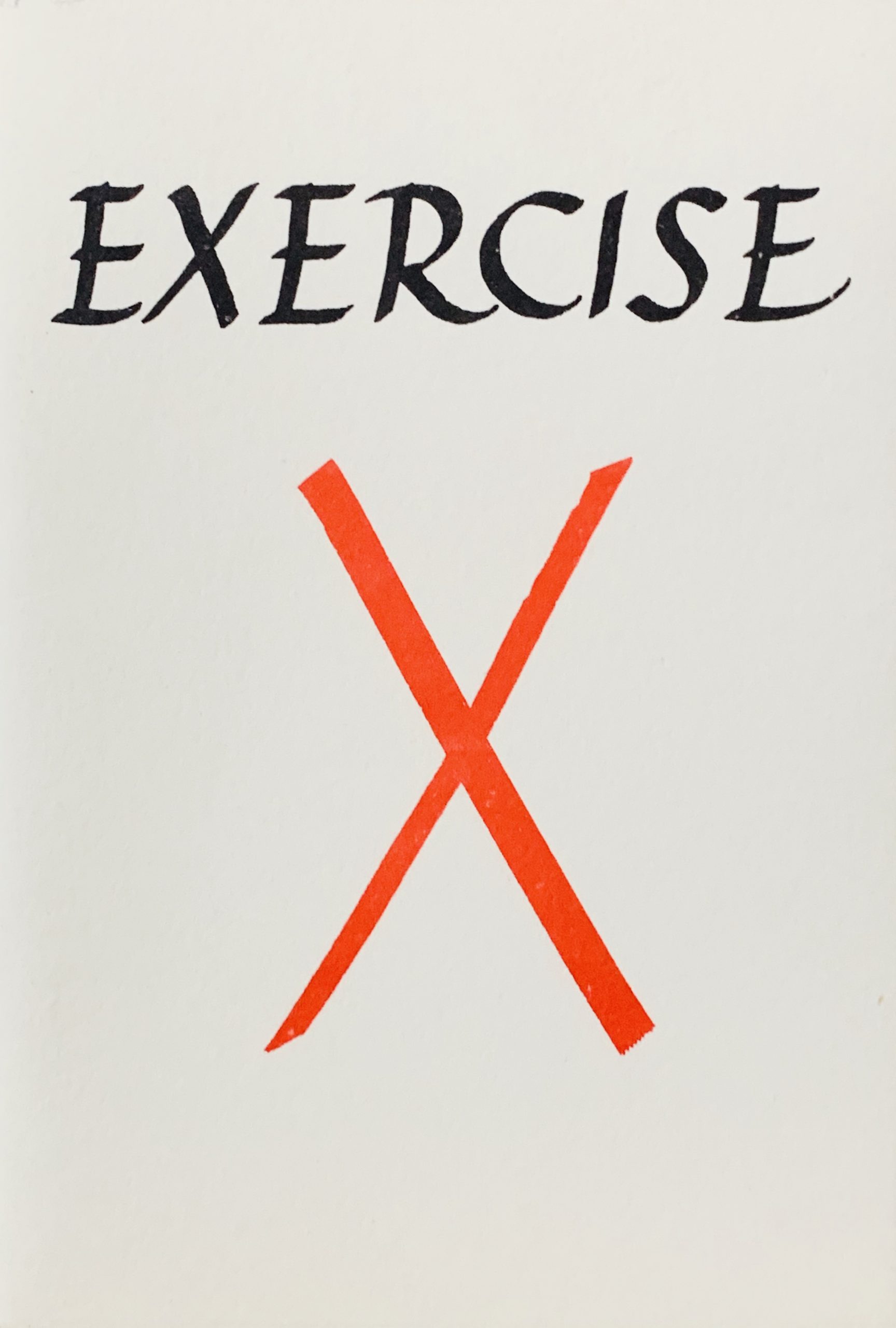10 Aug SF. 1979.
Dunsyre: Wild Hawthorn Press, n.d. (1979)
19.8x 16.6cm, 16pp plus card covers and printed dustjacket. Finlay's artist book examines six variations of the nazi SS logo - taking the original FF found in literature and noting how the letters were commonly substituted for SS in 17th century texts and, through typography developing the type into the double lightning strike of the notorious fascist organisation. Hence Finlay suggests there is some poetic equivalence between the evil of the Nazis and the "wildness" of nature - which Finlay makes clear in a note at the end of the book. (And anyone wishing to slur Finlay as being pro-fascist should read his description here of the SS as "notorious". Typography by George L.Thomson. VG+. Scarce.
...



